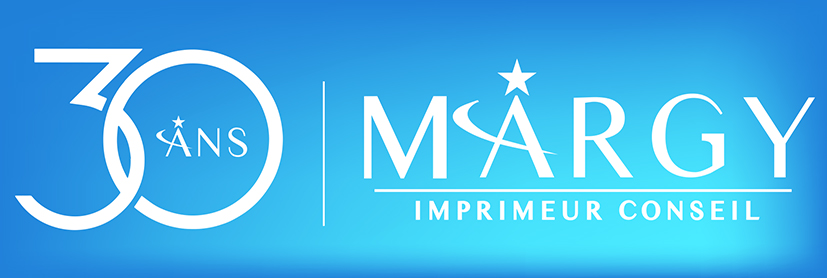Advances in digital printing are opening up new horizons for print. This is true of printing on rigid substrates, which is one of the most striking innovations of the moment.
There are many areas of application in both the decoration and urban signage sectors.
The principle of printing on rigid substrates
Marketing and communications are constantly looking for innovative solutions. Printing on rigid substrates is one of them. It will be one of the key themes at Print in Progress 2018, to be held in Paris on 10 and 11 October.
HP will be presenting its HP Latex R2000 printer, dedicated to the concept. This new range of HP printers is designed to meet the need to “preserve the gloss and appearance of the media to which they are applied”. The aim is to offer printing tools capable of enhancing a space or object, while using odourless, environmentally-friendly inks.
A printing technique with many applications
Designed to push back the boundaries of print, printing on rigid substrates opens up a wide range of applications.
Interior decoration
Among these new applications, interior design is undoubtedly set to undergo the biggest upheaval. Printable linoleum, for example, offers a wide range of decorative solutions. This printing technique can be applied to floors, walls, wallpaper and textile prints.
Showroom decoration
On the same principle as interior decoration, showroom decoration can benefit from increased customisation. The same applies to shop decorations, where shades can be adapted to suit events.
Exterior cladding
Another area of application forprinting on rigid substrates is exterior signage. This solution offers great flexibility, which is not the case with screen printing.
On a different note,advertising displays are another application for rigid support printing. This makes it possible, for example, to cover glazing with adhesive film. This opens up a whole new range of possibilities for printers.
Conquering the consumer market
Interior cladding is therefore one of the targets for printing on rigid substrates. For the moment, this represents a market niche that is set to expand. The aim is to make interior design accessible to everyone through print.
Some have been quick to put the concept into practice. This is the case of Art Home, which offers wall coverings on its online shop. The website allows you to order wall coverings on a range of materials and in a variety of sizes, featuring the image of your choice. This diversified offering is made possible by HP solutions.
Rigid printing technology opens the way to new applications. Decoration, retail, public display, vehicle wrapping and window lettering are just some of the applications that can be carried out more efficiently.
Other articles to read :
 01 44 52 02 02
01 44 52 02 02
